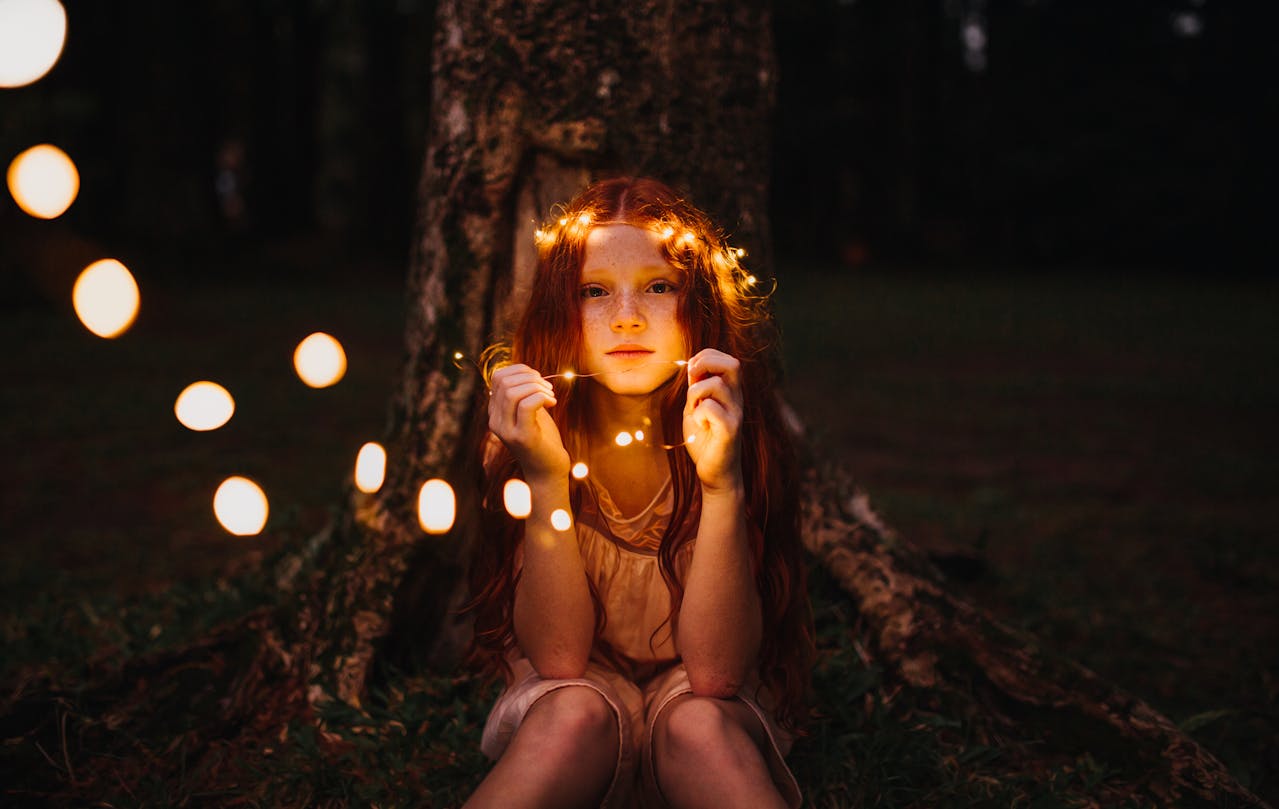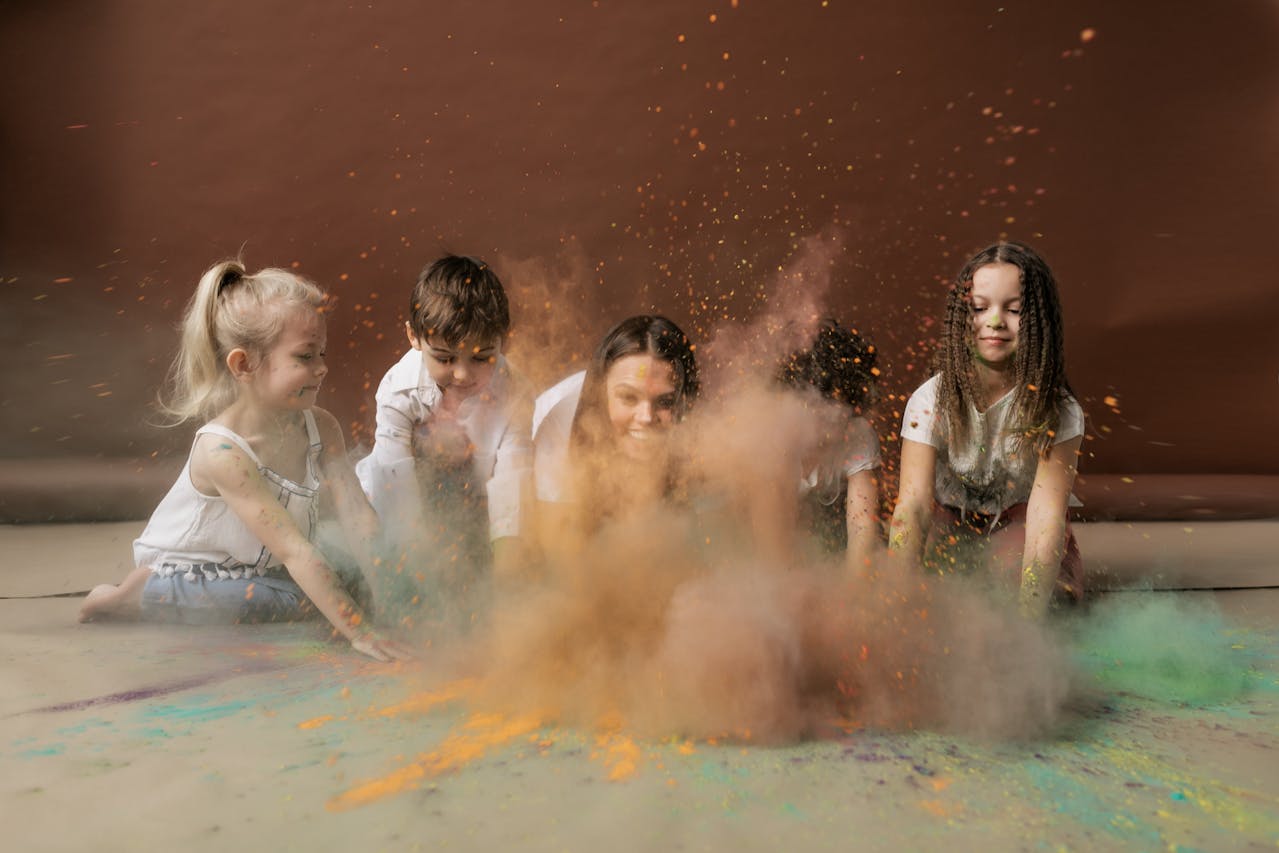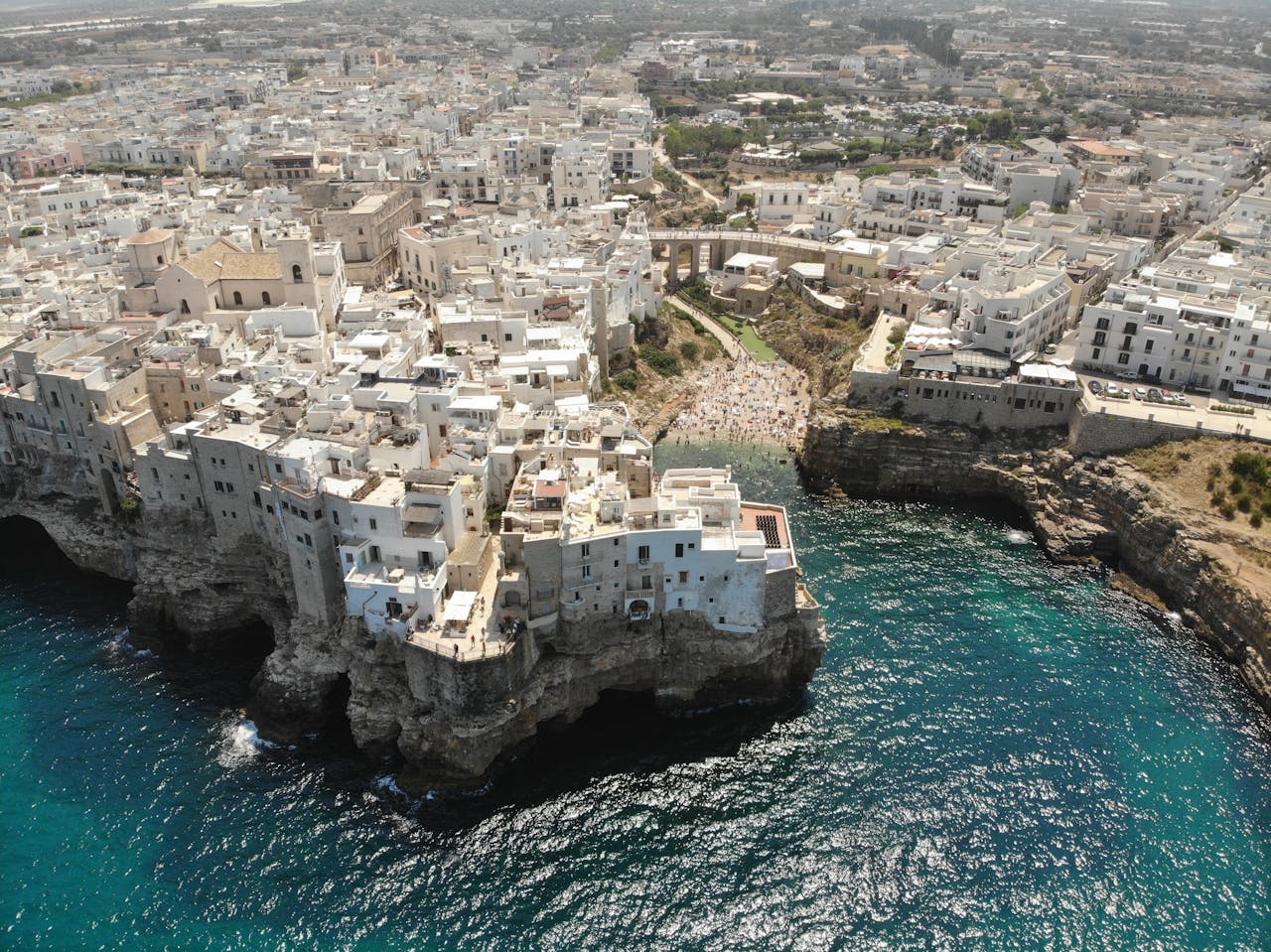“The 100 languages of children.” — Loris Malaguzzi
In the Reggio Emilia philosophy, children are seen as strong, curious, and full of potential. They are not empty vessels waiting to be filled, but capable individuals who express their thinking in countless ways. This approach to education, born in post-war Italy, centers the child as a co-constructor of knowledge—someone who learns through exploration, communication, and creativity.
What Is the Reggio Emilia Approach?
Developed in the city of Reggio Emilia in the 1940s under the leadership of educator Loris Malaguzzi, this approach emphasizes creativity, collaboration, and the environment as a key part of learning. Central to the philosophy is the belief that children communicate and understand the world through “a hundred languages”—movement, drawing, building, speaking, dramatic play, and more.
Rather than imposing fixed outcomes, Reggio-inspired environments offer open-ended materials and experiences. Children are encouraged to follow their interests, ask questions, and develop their ideas over time. Teachers act as collaborators and observers, documenting the learning process and providing provocations to deepen thinking.
The Research Behind Expression-Driven Learning
Educational neuroscience supports many of the Reggio Emilia principles. Studies show that creative activities—such as storytelling, role-play, and visual art—help integrate cognitive, emotional, and motor development in early childhood. Dr. Sue Robson, an expert in early years cognition, writes: “Young children’s play with materials is a form of thinking. It allows them to explore complex ideas and feelings in ways that words alone cannot.”
🔗 Play and Creativity in Early Childhood – Taylor & Francis
In a review of multiple studies, researchers from the University of Cambridge found that arts-based learning fosters critical thinking, self-regulation, and empathy—especially when children are given control over the direction of their creative work.
🔗 Creative Education Approaches – Cambridge Primary Review Trust
Reggio-Inspired Exhibits at Museo dei Bambini
The museum exhibits integrates many elements of Reggio Emilia’s vision by offering materials and spaces that invite children to express, invent, and imagine in their own way.
Light Painting — Drawing with Light
In a darkened room, children use flashlights and moving lights to “paint” in midair. The exhibit captures long-exposure images that show trails of color and motion. Children aren’t just making pictures—they’re discovering how light interacts with time, space, and movement.
Flip & Shine — Exploring Reflection and Perspective
This mirrored installation lets children explore symmetry, inversion, and kaleidoscopic effects. It’s a visual playground that encourages abstract thinking through physical motion and observation. Children begin to understand reflection and geometry long before they learn those terms in school.
Pixel Play — Constructing with Color
In Pixel Play, children build large-scale mosaics using colored blocks or discs. This sensory-rich activity blends design, spatial reasoning, and artistic expression. As they arrange and rearrange, children explore gradients, patterns, and rhythm—developing an intuitive understanding of visual composition.
Thread Theory — The Art of Connection
Using fabric strips, yarn, and weaving frames, children create intricate networks and patterns. Some make spiderwebs or bridges; others tell stories through layers of color and line. These evolving artworks often spark social interaction, as children collaborate and reflect on what they’re making.
Mini Mart and Garden Ville — Role Play and Social Narratives
In the Mini Mart, children step into adult roles: stocking shelves, making change, cooking pretend meals. In Garden Ville, they plant, water, harvest, and arrange. These spaces support imaginative storytelling, emotional development, and symbolic thinking. A child watering a plastic plant while humming may be acting out something far deeper than imitation—perhaps nurturing, organizing, or processing emotions through metaphor.
What Educators Observe
“The Reggio Emilia approach gives value to the child’s thoughts, and that’s incredibly powerful,” says Silvia Mariani, an atelierista (studio teacher) at a Reggio-inspired preschool in Milan. “When children express an idea through sculpture or drawing, it’s not decoration—it’s thinking made visible.”
Educators at Museo dei Bambini often observe children narrating their own processes aloud or to each other. In one session, a child working with colored tiles said, “I’m making the sun fall into the ocean,” while another replied, “Then I’ll make the fish swim into it!” These conversations demonstrate how play becomes a language of shared meaning.
What the Research Tells Us
Creative expression isn’t just a form of play—it’s a pathway for cognitive growth. A 2018 study in Frontiers in Psychology found that arts-based exploration improves neural connectivity in children and promotes flexible thinking skills.
🔗 Art and Brain Development – Frontiers in Psychology
Meanwhile, a long-term study in Italy comparing Reggio-inspired preschools to traditional models found that children in Reggio schools showed greater verbal expression, more complex play themes, and higher emotional intelligence by age six.
🔗 Comparing Preschool Approaches – National Institute for Educational Research (Italy)
What Families Experience
Parents often remark on the emotional richness of these exhibits. “My daughter kept weaving the pink yarn and saying it was the ‘line of her feelings.’ I don’t know where that came from, but it was beautiful,” one visitor shared.
These open-ended experiences allow children to bring their inner world to the surface. Rather than being told what to make, they’re invited to ask, “What do I want to say?” This freedom builds not only imagination but also confidence and empathy.
Why the Reggio Emilia Approach Matters
In a world increasingly focused on outcomes and metrics, the Reggio Emilia philosophy reminds us to slow down and listen. It teaches us that children don’t need to be pushed to learn—they need to be invited to express. When we offer them time, space, and respect, they show us what they already know and what they’re ready to explore next.
The “100 languages” of children are not just poetic—they are practical tools for development. Whether it’s light, thread, color, or story, each mode of expression adds depth to a child’s thinking. And when adults take time to observe and document this process, learning becomes visible, powerful, and deeply human.
Want to Learn More?
🔗 Reggio Children Official Website
🔗 Project Zero – Visible Thinking at Harvard
🔗 The Hundred Languages of Children – Reggio Emilia Approach Overview (North American Reggio Alliance)
🔗 Creativity in Early Childhood – Cambridge Bibliography on Creativity and Learning



